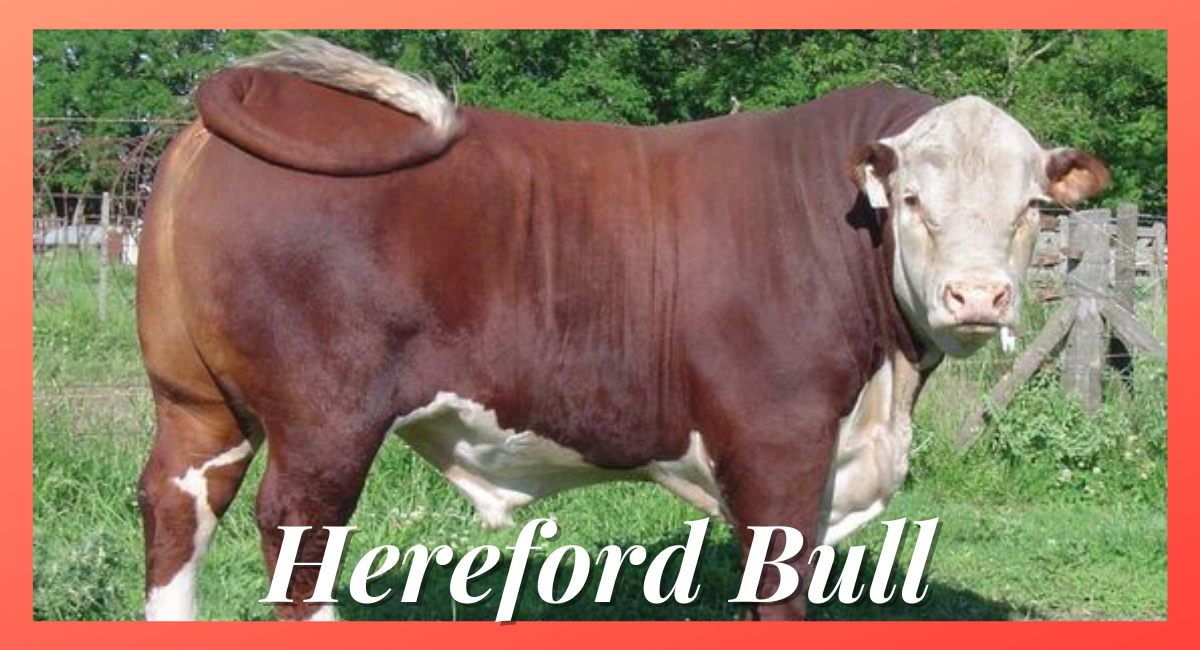History of the Hereford Bull
The origins of the Hereford bull can be traced back to the 18th century in the Herefordshire region of England, where farmers aimed to create a hardy breed capable of thriving in diverse climates while producing exceptional beef. Through selective breeding, they developed a cattle line characterized by its resilience, efficient growth, and superior meat quality. The official recognition of the Hereford breed came in 1860, marking a significant milestone in its history. This recognition not only validated the efforts of early breeders but also set the stage for the breed’s future development and expansion.
Following its recognition, the Hereford breed’s popularity surged, extending its reach beyond England to countries such as the United States, Australia, and New Zealand. In these regions, Hereford bulls adapted well to various environments, showcasing their versatility and hardiness. The establishment of the Hereford Cattle Society in 1878 further promoted the breed, facilitating its growth and ensuring high breeding standards. As a result, the Hereford bull became a staple in cattle farming across the globe, valued for its ability to produce high-quality beef and its adaptability to different farming conditions.
Characteristics of Hereford Bulls
- Physical Appearance : Hereford bulls are easily identifiable by their distinct red and white coloration. They typically have a red body with white markings on the face, belly, and legs. The breed has a muscular build, with a broad chest and strong legs, making them robust and capable of handling various terrains.
- Size and Weight : Adult Hereford bulls generally weigh between 1,800 to 2,500 pounds, with an average height of about 4 to 5 feet at the shoulder. Their substantial size and weight contribute to their ability to produce large amounts of high-quality beef, making them a favored choice for commercial beef production.
- Temperament : Known for their calm and docile nature, Hereford bulls are generally easy to handle, which is a crucial trait for ranchers. Their gentle disposition makes them suitable for both novice and experienced farmers, facilitating smoother management and breeding practices.
- Fertility and Longevity : Hereford bulls are known for their excellent fertility rates, making them valuable assets for breeding programs. They also tend to have a longer lifespan compared to other cattle breeds, allowing ranchers to benefit from their genetics over extended periods.
Advantages of Raising Hereford Bulls
- Quality Beef Production : One of the most significant advantages of raising Hereford bulls is the exceptional quality of beef they produce. Hereford beef is known for its marbling, tenderness, and rich flavor, making it highly sought after in the market. The breed’s genetic traits enhance growth rates and feed efficiency, resulting in higher yields for producers.
- Adaptability to Different Environments : Hereford bulls are renowned for their adaptability to various climatic conditions, from the cold winters of North America to the warm climates of Australia. This resilience makes them an ideal choice for farmers in diverse geographical regions.
- Cost-Effectiveness : The hardiness and low maintenance requirements of Hereford bulls contribute to their cost-effectiveness. They are less prone to diseases and require fewer resources compared to other breeds, reducing overall operating costs for ranchers.
- Efficient Grazers : Hereford bulls are efficient grazers, capable of thriving on pasture with lower quality forage. Their grazing ability helps reduce feeding costs while maintaining the health and productivity of the herd.
Breeding Practices for Hereford Bulls
- Selecting Quality Breeding Stock : When breeding Hereford bulls, it’s essential to select quality breeding stock with desirable traits such as good conformation, soundness, and genetics. This will ensure the continued improvement of the herd and the production of high-quality offspring.
- Artificial Insemination vs. Natural Breeding : Both artificial insemination and natural breeding methods have their advantages. Artificial insemination allows ranchers to access superior genetics from around the world, while natural breeding can be more straightforward and less labor-intensive.
- Herd Health Management ; Maintaining herd health is crucial for successful breeding. Regular vaccinations, deworming, and health checks are essential to prevent disease and ensure the overall well-being of the cattle. Healthy bulls will have better fertility rates and contribute to a more productive herd.
Caring for Hereford Bulls
- Proper Nutrition : Providing a balanced diet is vital for the growth and health of Hereford bulls. They require a diet rich in protein, vitamins, and minerals to support their muscular development and overall well-being. High-quality forage, grains, and supplements should be incorporated into their diet.
- Housing and Shelter : Adequate housing and shelter are essential for protecting Hereford bulls from extreme weather conditions. Barns or sheds should be well-ventilated and spacious enough to accommodate the bulls comfortably. Providing clean bedding and access to fresh water is also crucial for their health.
- Regular Exercise : Allowing Hereford bulls and Biggest Bull in world ample space to roam and exercise is important for their physical health. Regular movement helps maintain their muscle tone and overall fitness, contributing to better breeding performance and longevity.
- Veterinary Care : Routine veterinary care is vital for the health of Hereford bulls. Regular check-ups, vaccinations, and hoof care will help prevent illness and ensure the bulls remain productive throughout their lives.
Conclusion : The Hereford bull is a remarkable breed that combines strength, temperament, and productivity, making it a favorite among cattle ranchers globally. Their history of adaptability and quality beef production has solidified their place in the agricultural industry. By understanding their characteristics, advantages, and care requirements, ranchers can maximize the benefits of raising Hereford bulls, contributing to sustainable and profitable beef production. Whether you are an experienced rancher or a newcomer to the industry, Hereford bulls offer a reliable and rewarding option for your cattle operation.



